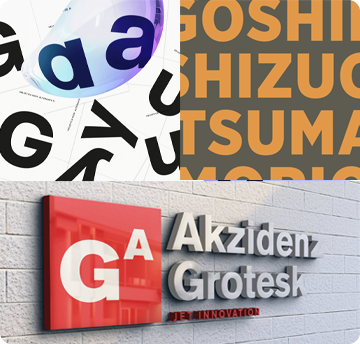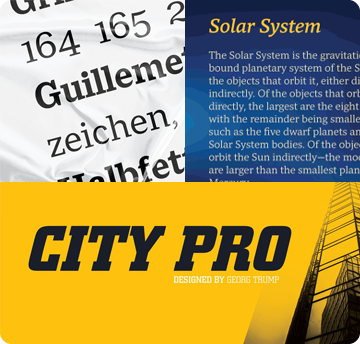Select this license type when you are developing an app for iOS, Android, or Windows Phone, and you will be embedding the font file in your mobile application's code.
1890 Registers Script
by GLC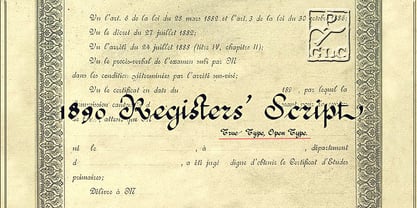
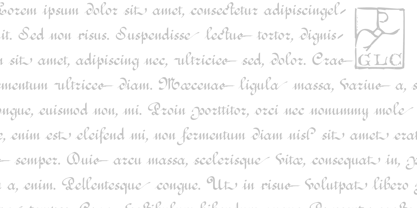
Basic typesetting
Letter case
Numerals and scientific typesetting
Typographic variants
Reset
About the family
Designers: Gilles Le Corre
Publisher: GLC
Foundry: GLC
Design Owner: GLC
MyFonts debut: Dec 17, 2008
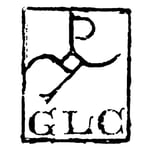
About GLC
Gilles Le Corre was born in 1950 in Nantes, France. Painter since the end of 70s, he is also an engraver and calligrapher. He has been learning about medieval art and old books for as long as he can remember. More recently he has made the computer a tool for writing like the quill pen and ink. With it, he aims to make it possible to print books that look just like old ones! Beginning in 2007 he has been trying to reproduce, very exactly, a ...
Read more









